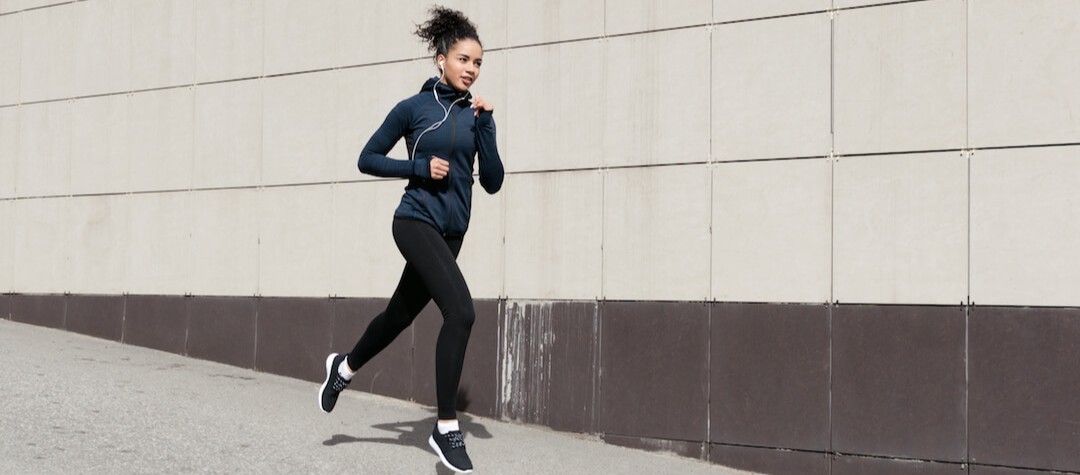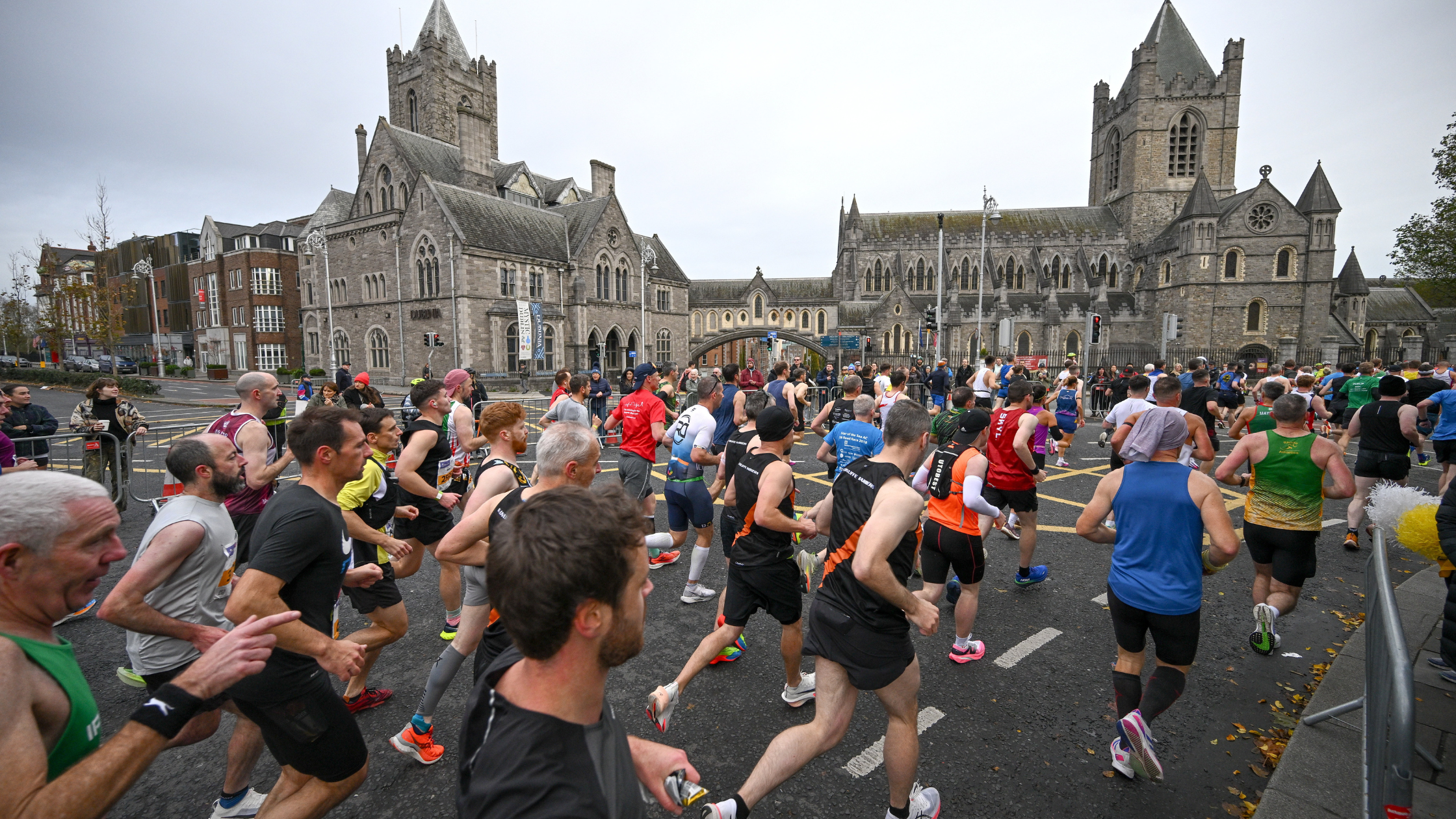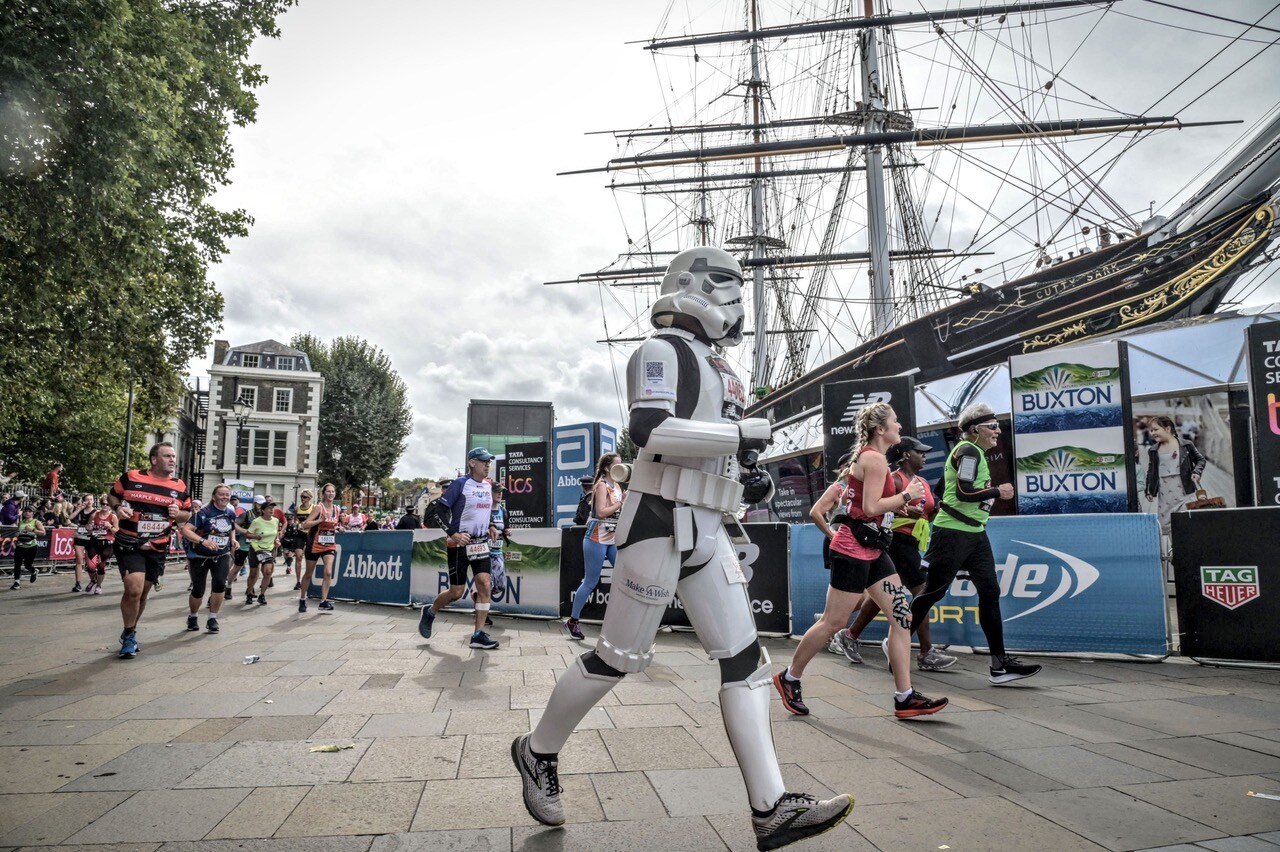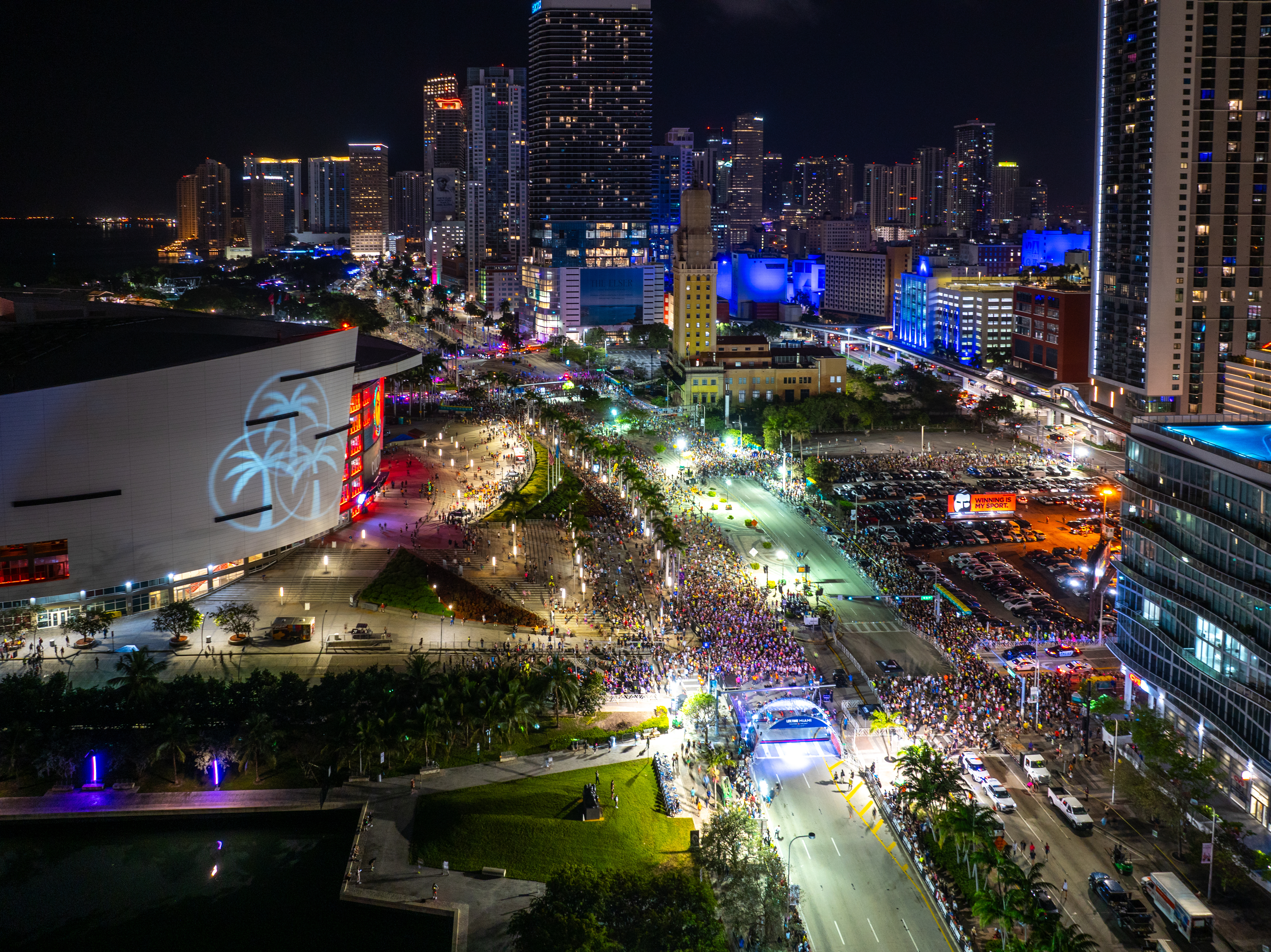To run a good 10k you need a combination of both speed and endurance. Find out how to train to achieve both.
Did you know that 10k is one of the most popular race distances in the world? Training for a 10k however can be a test as it requires the ultimate combination of speed and endurance. With that in mind, check out the 10k training guide.
Get specific
If you're looking to run a faster 10k then you need to train your body's physiology specifically for the demands of the event. The goal of training after all is to stimulate a precise set of physiological adaptations that are needed to achieve maximum performance. This means doing some, but not all of your training at your target race pace.
The trick is to gently increase the volume of specific training as you get closer to the race. If you introduce specific training too early in your build up however you will most likely be too fit too soon and then find yourself more at risk of being fatigued or injured by the time the race arrives.
Interval training is a really effective way of doing race specific work as the recoveries between repetitions enable you to maintain pace.
Interval training is a really effective way of doing race specific work as the recoveries between repetitions enable you to maintain pace. Here are some suggestions for some 10k specific workouts and how to progress them. Of course you can adjust them according to your current fitness level and training history.
- 8 x 1km at current 10k pace with 2 minutes jog recovery.
- 8 x 1km at goal 10k pace with 90 seconds jog recovery.
- 6 x 1 mile at goal 10k pace with 90 seconds jog recovery.
- 5 x 2k at goal 10k pace with 90 seconds jog recovery.
Aerobic support
This is an area of training which is often neglected by runners of all abilities, yet it is crucial to a good 10k. The objective of aerobic support training is to develop the endurance capabilities necessary to allow you to run at your target race pace. In essence it underpins your race specific training.
Aerobic support training is running at a pace slower than race pace but which is fast enough to have a direct influence on your race specific speed.
Aerobic support training is running at a pace slower than race pace but which is fast enough to have a direct influence on your race specific speed. For a 10k this is usually around your half marathon pace.
Tempo runs are a great way to work on your aerobic support. This is where you run at a comfortably hard pace, but not flat out. Effort wise you should be able to say about three or four words but be unable to hold a full conversation. If you are training for 10k then a 20-30 minute tempo run around your half marathon race pace should do the business.
Run long
The foundation of a good 10k is a highly developed aerobic system so for this reason the long run is an integral part of 10k training. Running long causes a number of physiological adaptations to your aerobic metabolism which enable you to run at a higher intensity without building up lactate. In essence you will be able to run faster without tiring, which is definitely a good asset for 10k!
You don't however have to run super long if you're training for 10k as this could potentially leave you too fatigued to reap the benefits from your faster sessions. A 90 minute run is certainly sufficient if you're training for 10k.
Rest and recover!
Many runners are afraid to rest as they fear that they will lose all of their hard earned fitness in an instant! However, gains in fitness actually happen when you rest, not while you’re training. Your body needs to recover in order to allow the physiological adaptations to a training stimulus to take place. Incorporating a regular rest day or a very easy day into your training will enable you to physically and mentally recharge your batteries and you are more likely to achieve better overall performance and consistency. Remember, rest is a form of training too and you should approach it with as much discipline as you would your harder workouts.















